If you’re a regular visitor to the Rajapack blog then you’ll know that recently we’ve been focusing on new developments in packaging; product launches, the latest technology, and new packaging processes that are all making packaging more efficient and eco-friendly.
This week, we’ve decided to go back to basics with a focus on one of the oldest and widely used packaging items in history – Envelopes!
Enve-what?
One of the most common packaging items in the world, envelopes protect their contents in the post, ensuring they reach their recipient safely and securely.
Though envelopes can be dated back to around 3500BC, the first commercial envelope-making machine was not developed until 1845. It was then another 50 years before pre-gummed envelopes were produced commercially.
Envelopes have continued to evolve over time as our needs have changed drastically – they now need to protect much more than just paper letters or documents! There are now hundreds of types of envelope available for all kinds of uses, offering benefits such as protection from water, bumps and shocks.
At Rajapack we stock over 30 different types of envelope, available in hundreds of sizes. We’re going to run through the four main types below, what benefits they offer and what they should be used for.
Bubble Envelopes & Jiffy Bags
These padded envelopes offer the most cost-effective protection what’s inside. They usually feature strong padding around the inside edges (layers of fibre, air filled protective bubbles or foam) for extra protection against damage in the post.
Any impact will be absorbed and cushioned by the thick outer layer, ensuring the contents stays safe and secure in transit. As padded envelopes have continued to evolve, they have become more lightweight, meaning a lower cost of postage, while maintaining a strong level of protection.
Jiffy bags are an envelope make that you’ve probably heard of before, being one of the most widely recognised brands of envelopes in the UK. Named after the Jiffy Packaging Company who launched the product in 1964, they still manufacture them at the same site to this day. They’ve been designed to be puncture resistant and come in two styles; the bubble bags contain air retention bubble wrap for longer protection, whilst the padded Jiffy bags have a lining of fibres that expand with use.
We find that padded envelopes and mailers are best when you need extra protection for your items in the post. They are most commonly used for smaller products (an A4 envelope or less), but larger padded envelopes are available; heavy duty bubble envelopes go up to 52cm x 66cm in size, great for when you need to post large, flat items securely.
Bubble envelopes and Jiffy bags are suitable for packaging many different types of items, including jewellery, books and brochures, right through to items such as CDs, DVDs, and clothing. Whether you choose Jiffy bags, bubble envelopes or padded mail bags, every one is designed to be lightweight to protect your products while keeping postage costs down.
Cardboard Envelopes & Mailers
These rigid envelopes are designed to ensure that the contents of your envelope won’t bend out of shape in the post.
The stiff cardboard construction forms a rigid frame around the envelope, offering a solid layer of protection for small, flat products. And because they’re made of card, they’re generally very light and cost effective to mail (though be sure to check the size dimensions of the envelope). These envelopes are ideal for packaging things like calendars and booklets, or important documents such as contracts or certificates.
For larger, thicker items such as books, brochures, CDs, or DVDs, carton envelopes (or panel wrap cardboard mailers) are perfect. They’re designed to fully enclose these thicker items, and are available with an adjustable spine, so you can put any thickness of book in them and they’ll seal securely. To minimise postage costs, they’re exceptionally lightweight too – we currently offer the lightest cardboard mailers in Europe!
Plastic Mailing Bags
These items provide sealed protection for their contents and are very popular with online retailers and mail order companies. Whilst being very thin, small and lightweight, they provide waterproof protection and are perfect for sensitive items as well as soft goods, such as textiles and clothing.
Quick and easy to use, they all come with a tamper-poof peel and seal strip for security, ensuring that once they’ve been sealed they can’t be opened and resealed without ripping the bag.
Plastic mailing bags also present a unique option that other envelopes don’t – they are available completely see through! For companies mailing catalogues or other documents that need an added layer of protection, clear mailing bags mean no extra effort required to re-print or re-label envelopes.
Plastic mailing bags can also double up as waterproof protection for other packages – easily fitting around a box, bag, or smaller envelope that need an added layer of polythene protection.
Office Envelopes
Finally, the most common type of envelope and probably the one you’ve used the most – the office envelope. Made of paper and usually coloured white or manilla, these envelopes are used by almost every business, every day, for posting documents & letters.
Office envelopes have size standards that have been adopted internationally under ISO 216, meaning that most countries use the same sizes of office envelopes. A law on the standardisation of page sizes dates back to 1798 in France, making it easier for companies to do business internationally.
The sizes that are used are all scaled to each other, making use and manufacture easier internationally. A C1 is twice the size of a C2, a C2 is twice the size of a C3 etc. Here’s a full list of all the size dimensions – the most common type for businesses is DL size.
They’re available with a window in the front, meaning that your letters can slip straight in with the postal details on – no need to duplicate this on the envelope if the address is the letter itself.
Peel and seal or self seal options are available, both speeding up the process of sealing and sending. Peel and seal typically have a longer shelf life as the gum is protected by a layer of paper.
Though there are standard sizes and colours, the quality of office envelopes can’t be guaranteed simply because they are so popular. Usually coming pre-gummed, the thickness, quality of the paper, finish, and adhesive on the seal can all vary greatly.
Cheaper, thinner envelopes can suffer from print see-through, and no business wants their correspondence on show – especially when you’re sending private and confidential documents. Ensure your envelopes don’t suffer from this oversight and insist on high quality envelopes to ensure you give your customers a great impression – they’ll be opening them after all!
Sealing Up
At Rajapack, envelopes continue to be one of our best selling products – we ship over 7 million a year to businesses of all types across the UK!
If you’re looking for envelopes for your items, if you currently have a supplier and are looking to cut costs, or are simply after some packaging advice, then please do get in touch; give us a call on 0800 542 44 28 or send us an email. We have experienced packaging experts on hand, ready to help and advise you in any way they can.


















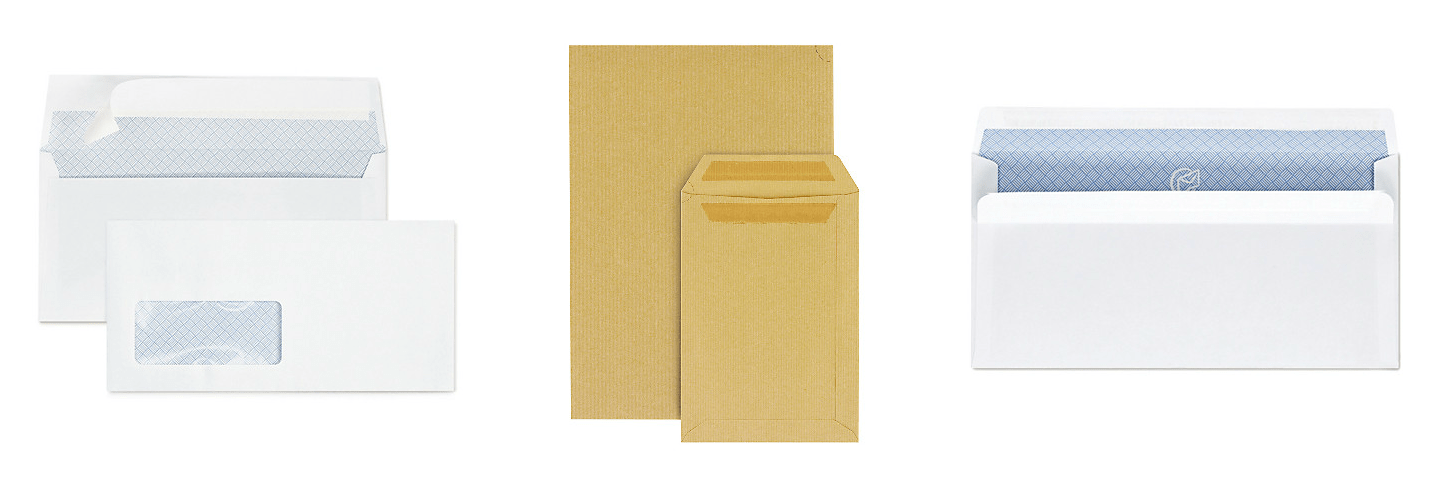
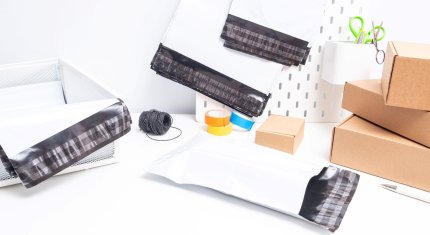
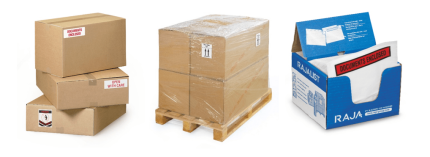
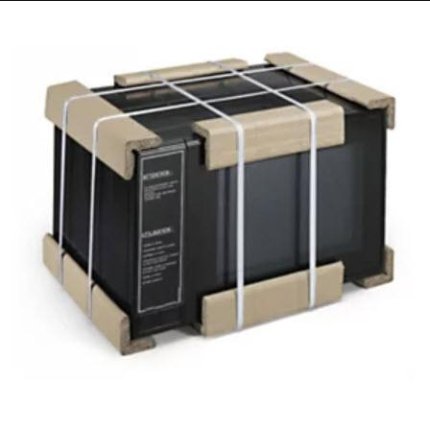
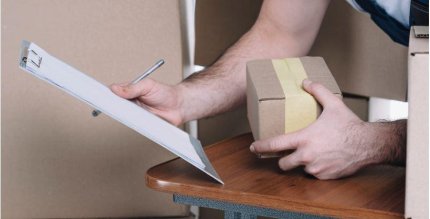

Just came across your website and saw these packing envelopes. Will see if I can be involved in any business with you in future.